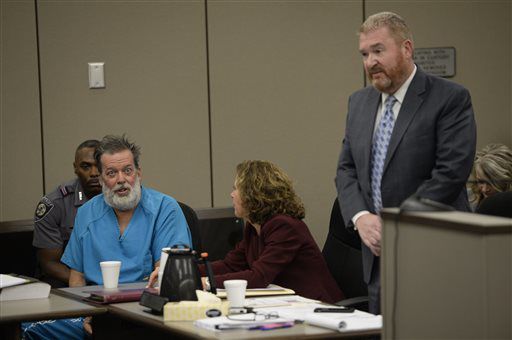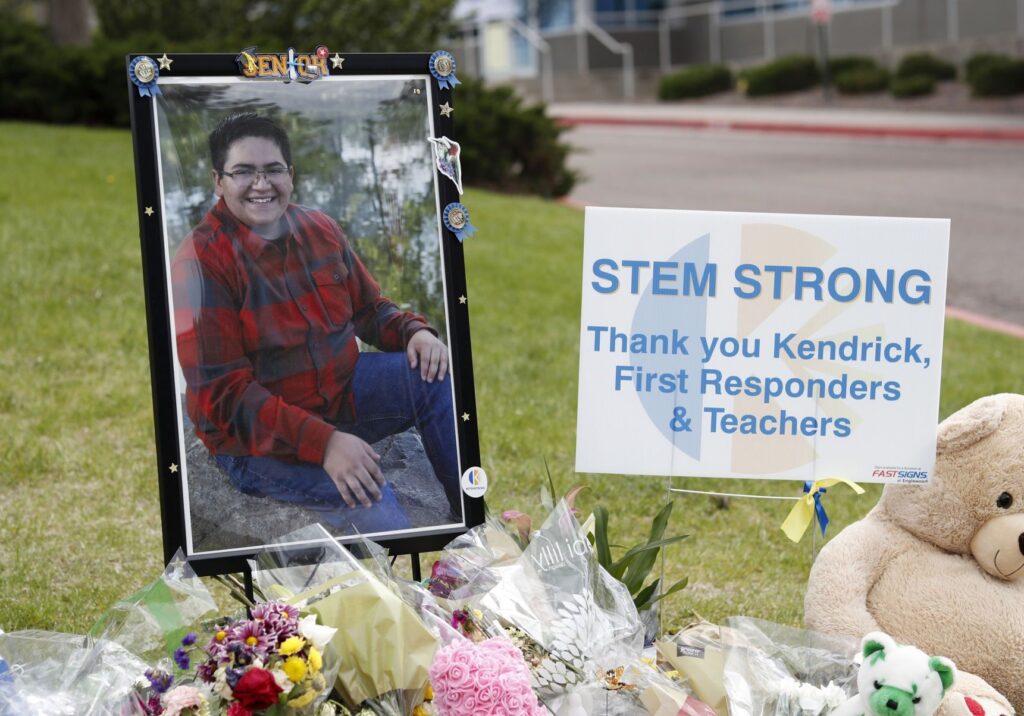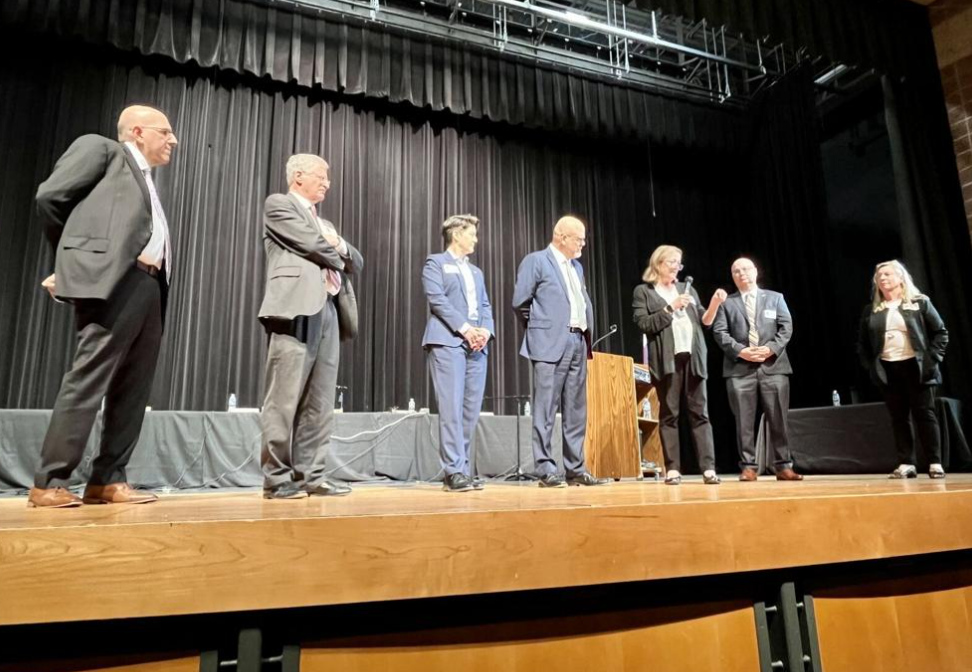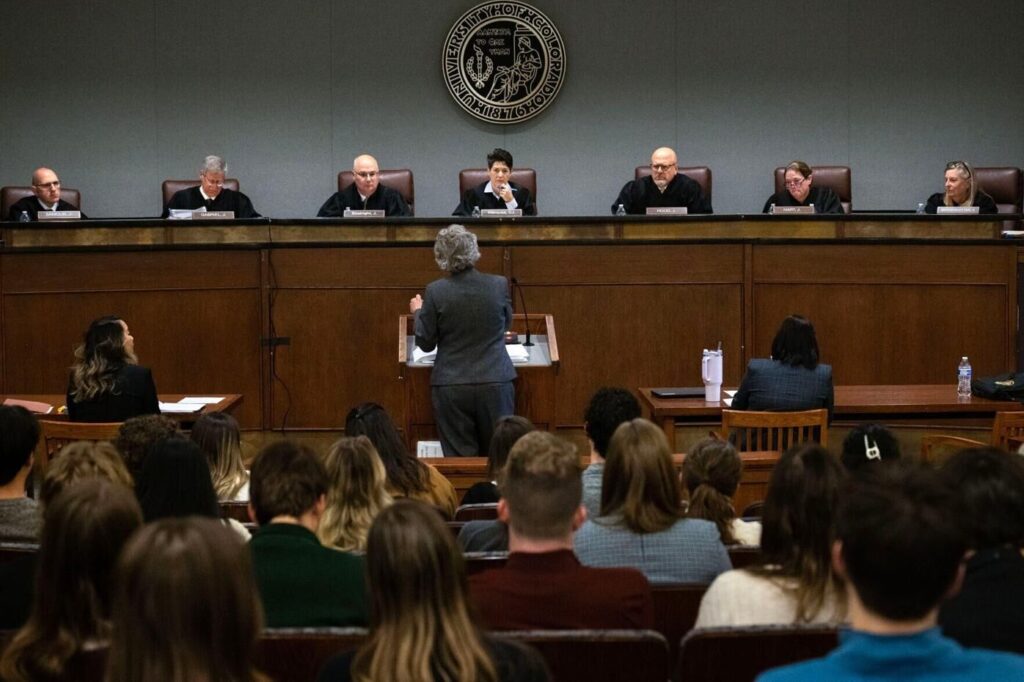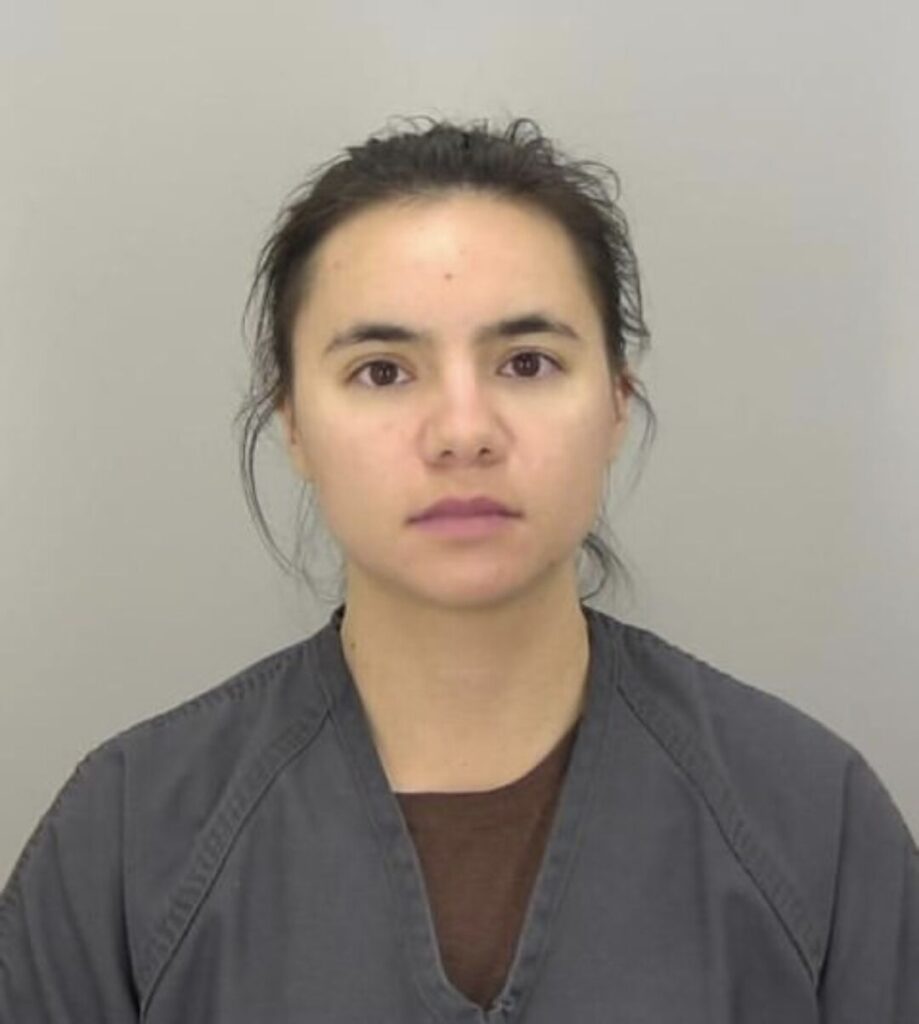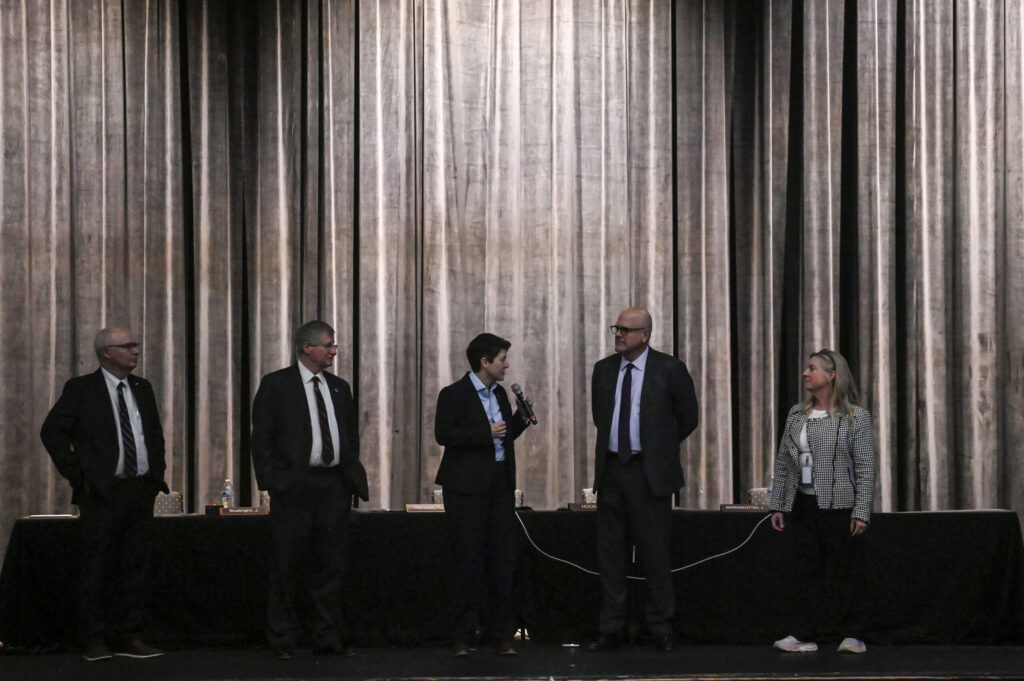Downstairs meth lab case has Colorado justices evaluating duty to preserve evidence
When an Arapahoe County judge awarded a woman and her daughter $10.5 million for their injuries, finding their landlord had not reasonably responded to allegations of toxic exposure from a downstairs meth lab, he also concluded the landlord willfully failed to preserve evidence.
Last week, before the Colorado Supreme Court, the now-bankrupt Terra Management Group sought a reversal of that decision. Terra Management insisted it was unfair to penalize the company for repairing and re-leasing the offending apartment as quickly as possible when there was no indication Kathleen and Delaney Keaten were planning to sue.
But some of the justices were skeptical that the Keatens’ legal claims blindsided their landlord.
“There was ample evidence you were already in possession of that meth had been manufactured in the unit beneath and had migrated,” observed Justice William W. Hood III during the May 9 oral arguments. “Why isn’t that enough to trigger an obligation to preserve?”

Justice William W. Hood III listens during oral arguments at the Colorado Supreme Court’s “Courts in the Community” event on May 9, 2024 at Central High School in Pueblo. (Photo by Jerilee Bennett, The Gazette)
Beyond the Keatens’ permanent brain injuries, which the trial judge attributed to methamphetamine fumes originating from Unit 203E in Littleton’s Main Street Apartments, the stakes of the appeal implicated future civil lawsuits of all kinds.
Depending on when the obligation to preserve kicks in, parties with evidence may need to retain large amounts of information out of an abundance of caution and at significant expense — even when no lawsuit seems likely. At the other end, parties in need of evidence may be forced to immediately warn that they are thinking about suing, or else risk the destruction of materials vital to their claims.
“I worry about a situation where somebody gets injured and the custodian gets rid of evidence or potential evidence within a week, let’s say,” said Justice Carlos A. Samour Jr. “That’s a short period of time. What if the plaintiff hasn’t had time to talk to a lawyer yet or figure out whether they really wanna sue?”
In 2017, the Keatens noticed a chemical smell in their apartment and reported the fumes to the property manager. Continuing into 2018, the Keatens suspected they were being exposed to meth from the unit below them and reported burning sensations, dizziness, bloody noses and difficulty breathing.
Terra Management evicted the downstairs tenant, renovated the unit and re-leased it. They did not document the contents of the apartment, including gas canisters and a propane tank, even though company policy required otherwise.
Only in response to a court order did the landlord test the unit and find multiple areas of highly concentrated meth that apparently seeped into the Keatens’ apartment. Both women suffer from permanent brain injuries and signs of dementia.
In an August 2021 order after trial, then-District Court Judge Frederick T. Martinez awarded the Keatens $10.5 million in damages, finding the defendants unreasonably left the women to suffer the severe consequences of meth exposure despite being aware of the problem for months. He further slammed Terra Management for failing to document or preserve the evidence of meth-making.
The defendants attempted to “cover up, hide or destroy evidence when they knew of the Keatens’ claims and the threat of potential liability,” he wrote.

FILE PHOTO: The Ralph L. Carr Colorado Judicial Center, on Tuesday, Sept. 13, 2022, in Denver, Colo. (Timothy Hurst/The Denver Gazette)
A three-judge panel of the Court of Appeals took no issue with Martinez’s conclusion that the defendants destroyed evidence, even though the Keatens would not file suit for more than a year afterward.
“Plaintiffs were vocal and persistent in their complaints related to the toxic fume exposure they were experiencing,” wrote retired Supreme Court Justice Alex J. Martinez, sitting on the panel at the chief justice’s assignment. It was reasonable to assume “the evidence destroyed would have shown what defendants did not want it to show.”
Multiple outside organizations weighed in to the Supreme Court on both sides.
The Colorado Defense Lawyers Association and U.S. Chamber of Commerce pointed to the substantial cost and interference to business of preserving evidence in the absence of any threatened litigation. The Colorado Plaintiff Employment Lawyers Association and Colorado Trial Lawyers Association emphasized the imbalance between defendants who hold key evidence and plaintiffs who must rely on that evidence to prove their claims.
“In the case actually before us, your clients didn’t follow their normal practices. Normal practice when cleaning up an apartment for future rental was to take pictures,” said Justice Melissa Hart. “They didn’t do that. So, they would have preserved evidence vital to this case if they followed their normal business practices. Isn’t that alone enough to resolve this?”

Justice Richard L. Gabriel speaks during oral arguments at the Colorado Supreme Court’s “Courts in the Community” event on May 9, 2024 at Central High School in Pueblo. (Photo by Jerilee Bennett, The Gazette)
Justice Richard L. Gabriel agreed that parties contemplating lawsuits should not be required to give the other side a precise list of materials to retain.
“That can’t be the law. That would be a recipe for, ‘Hey, they didn’t list it. We can destroy it’,” he said.
At the same time, some justices were sympathetic to Terra Management’s observation that the Keatens had only lodged complaints of fumes up to the time of eviction, then stopped communicating for more than a year before filing suit.
“Isn’t the silence for a year tantamount to an implicit statement, ‘We’re not gonna file a suit?'” asked Hart.
Jason B. Wesoky, an attorney for the Keatens, responded that similar delays in other contexts may mean a lawsuit is not reasonably foreseeable after all.
“Let’s say somebody’s at Home Depot and they’re walking by the washers and dryers and they cut their thumb on the dryer,” he said. “If that person does nothing more than fill out the incident report with Home Depot and never contacts Home Depot again, and then sues Home Depot two years later before the statute of limitations runs, I think it’s a very hard argument for the plaintiff in that case to say there’s reasonably foreseeable litigation.”
He added that the trial judge’s conclusions about Terra Management’s conduct were justified.
The Supreme Court held its arguments at Central High School in Pueblo as part of its “Courts in the Community” program.
The case is Terra Management Group, LLC et al. v. Keaten et al.



